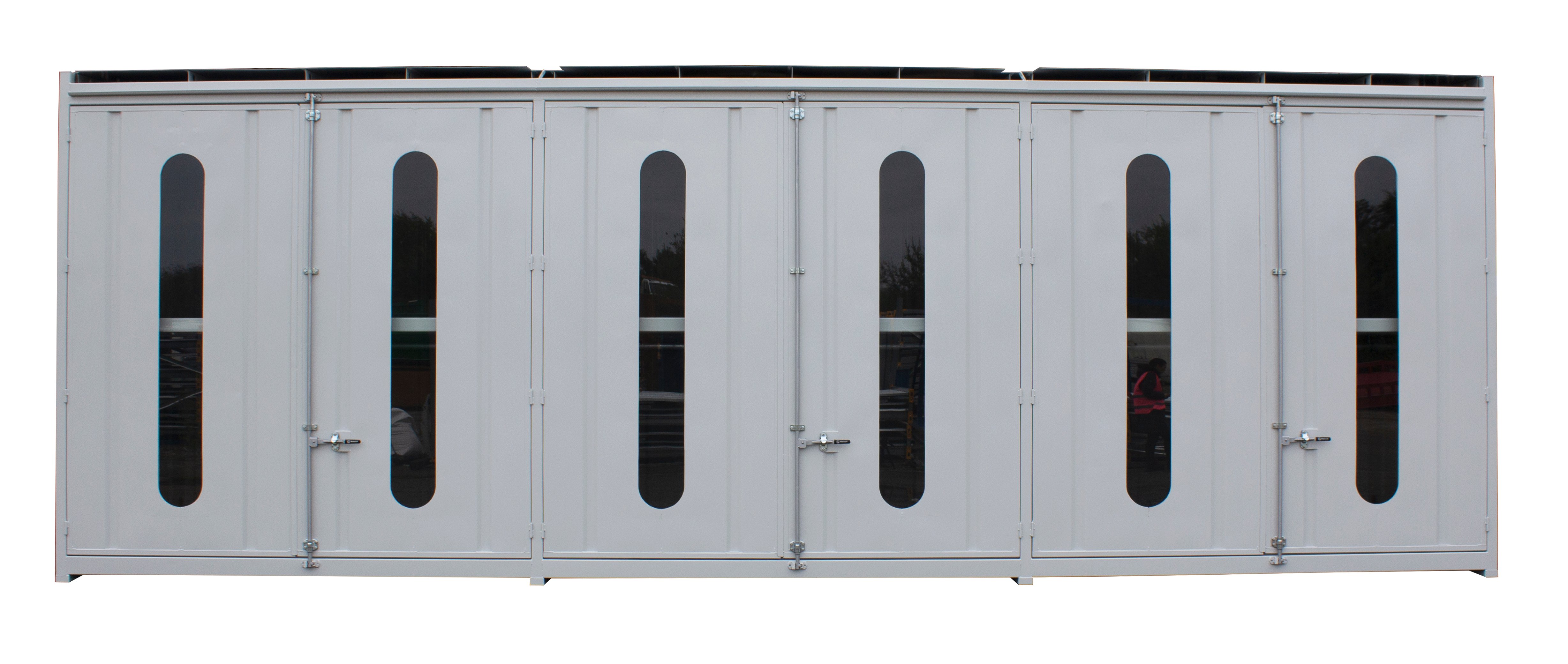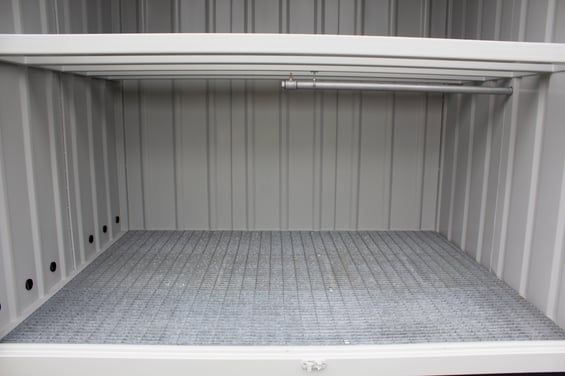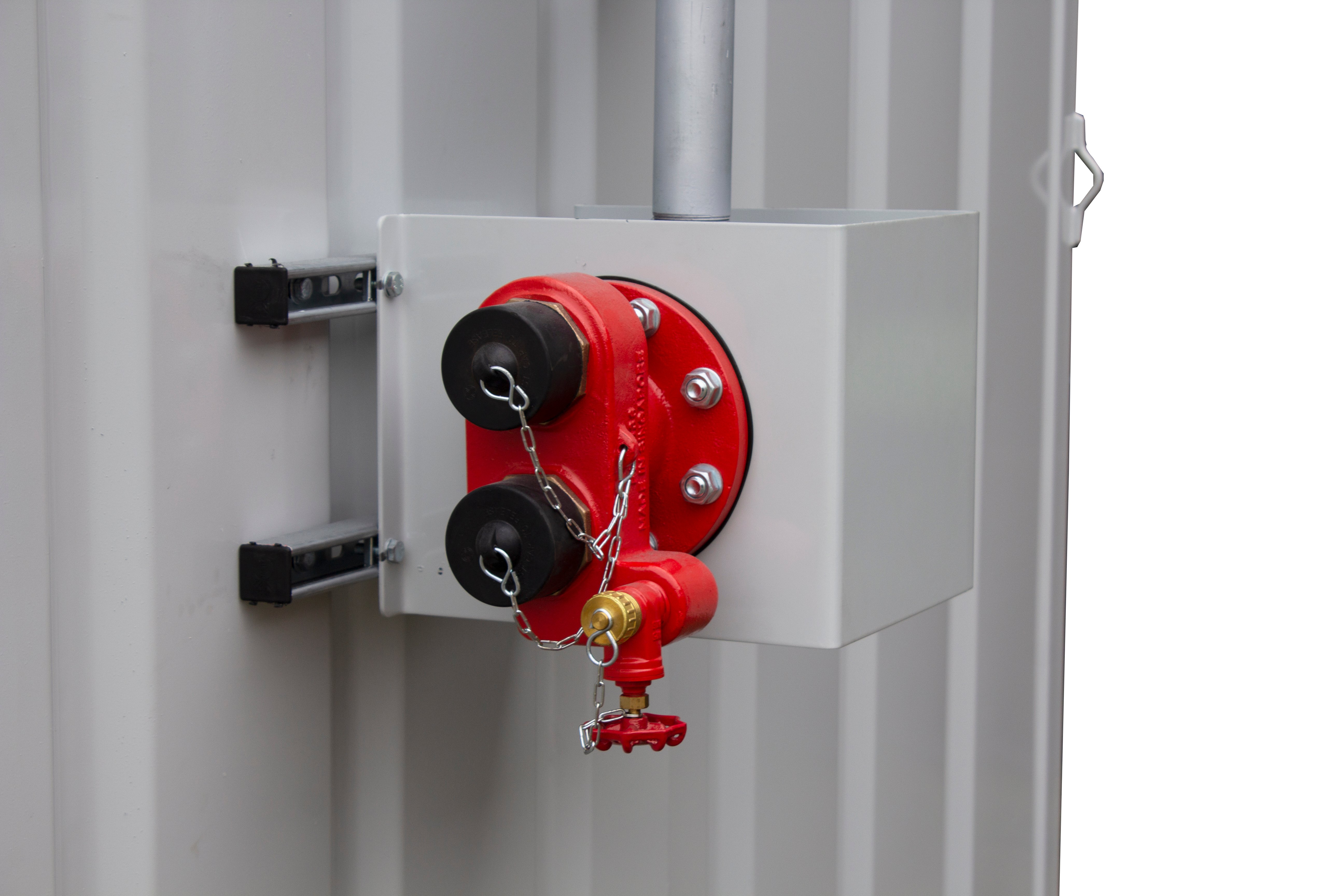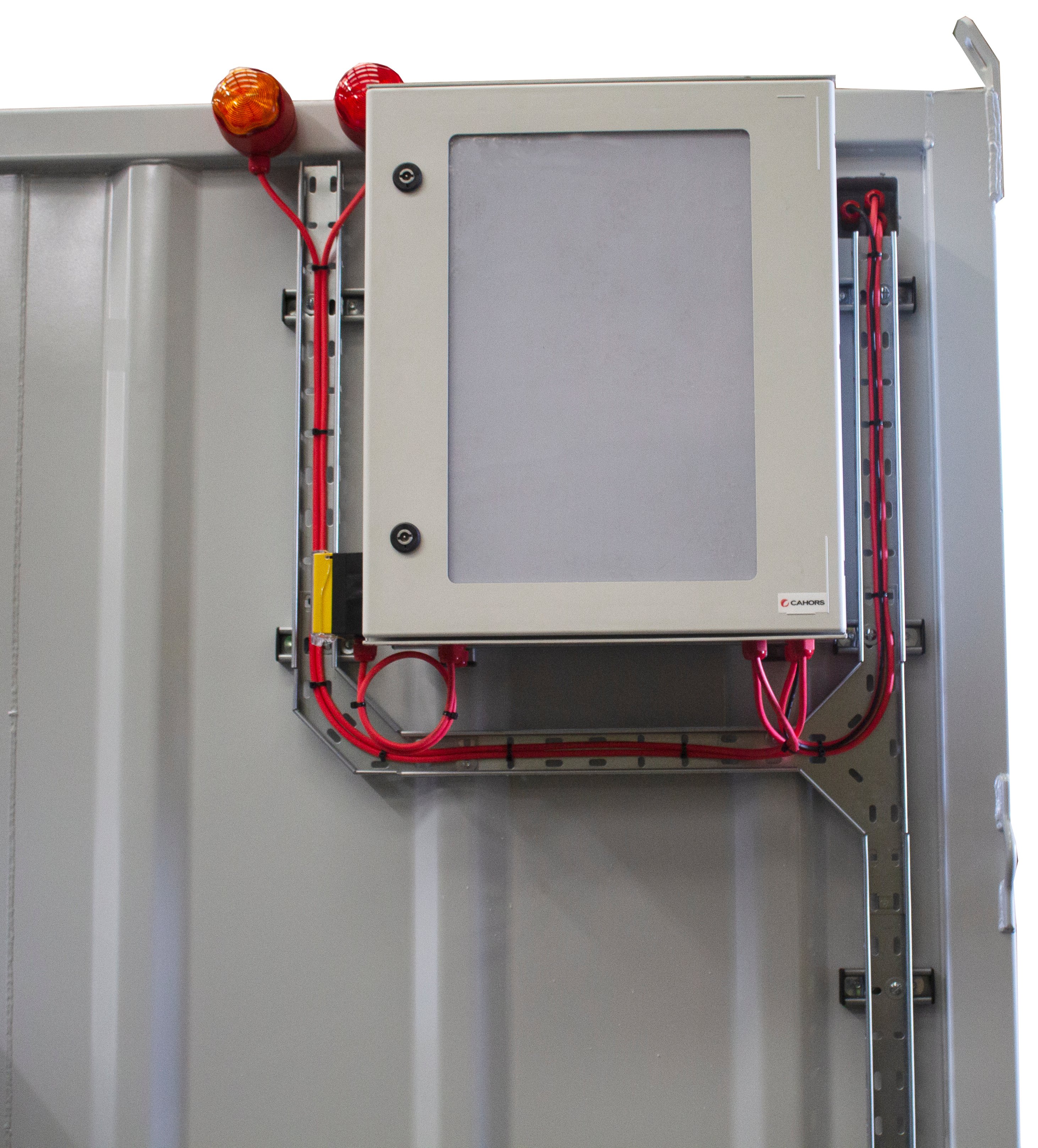Background
Car manufacturers around the world are investing billions of pounds in EV technology’s direction. Aware of the operational risks surrounding EV batteries, one luxury car manufacturer contacted us to find out how it could plot its own course to EV safely and securely without endangering its people, putting its assets at risk, or damaging its world-class reputation.
%20(3).png?width=1500&height=1000&name=Untitled%20(1500%20%C3%97%201000%20px)%20(3).png)
Fire risk on the factory floor
The manufacturer’s specific concerns were around the dangers posed by the lithium-ion (Li-ion) batteries, which power EVs, during the manufacturing process. The company was manufacturing EVs from a new site and it had to be able to ensure the security of its assets and the wider facility as well as safeguarding its people there in the event of an incident.
Li-ion fires put a site at much greater risk compared to, for example, a more common electrical fire. As well as reaching temperatures of up to 752 degrees Fahrenheit (400 degrees Celsius), Li-ion fires are self-fuelling, which means they don’t need an oxygen supply to burn. This makes extinguishing them much more difficult than conventional fires. It also means they can re-ignite, sometimes up to three days after they have been put out.
Quarantining these batteries if a fault is suspected and safely storing them for extended periods in specialist storage solutions is one thing, but the manufacturer needed to be able to transport them across the site, routinely as part of day-to-day operations, without risking the safety of its people, the security of its premises, or its global reputation for excellence.
The manufacturer recognised the need for a unique solution that would be able to meet its requirements, which in turn meant finding a solutions provider with deep Li-ion expertise and a commitment to excellence that mirrored its own. An existing customer of our standard units, its team reached out to us to discuss our bespoke capabilities and how we could help.
From pencil sketch to safety pioneers
During production, this manufacturer transports its batteries around the factory floor using automated guided vehicles (AGVs). Similar in design to a robotic roller skate, these AGVs work by transporting carts, on the back of which sit the Li-ion batteries. Without safety measures in place, the batteries could potentially catch fire at any moment during this process, at any point along the routes tracked by the AGVs and the yellow lines they follow.
To mitigate this risk, the manufacturer needed a secure unit into which it could divert an AGV in the event that a battery exploded, started smoking, or otherwise displayed warning signs of a fire. Our senior engineers worked closely with the team to understand what such a unit might look like as well as the challenges we’d need to overcome for it to be a viable solution.
Removing roadblocks by preventing rollback
The most prominent of these challenges was how we quickly and effectively deliver the compromised battery to the unit without risking damage to, or loss of, the AGV itself.
Each AGV is a significant asset in its own right, so the manufacturer wanted a solution that protected them as well as the wider facilities. Operationally, this meant making it possible for the AGV to retreat from the unit once it had deposited its load. At face value, this seemed straightforward enough. Staff could close the doors behind the AGV once it had exited the unit, securing the battery and the thermal event taking place inside. 
But if the unit was devised in such a way that the AGV could retreat, what was to stop the cart (which has wheels of its own) from rolling out with or immediately after it?
To get around this, we devised a spring step inside the unit, which popped up once the cart had passed over it. This would prevent the cart from rolling back until the step had been manually released via a pedal located on the outside of the unit when it was safe to re-enter.
Specialist systems designed to suppress risk
Structurally, our solution needed to combine accessibility with the resilience to withstand the tremendous heat released during a thermal event. This necessitated a double-skinned unit filled with fire insulation. We chose Rockwool Fire Batt insulation, which we used to insulate almost every external surface of the unit from the door and the sides to its roof. The only exception to this was a tempered glass window, which would allow staff to be able to view the inside of the unit and safely monitor the progress of the fire burning inside.
Instant fire suppression typically takes one of two forms: the most common to our solutions is complete immersion in water, most notable for its ability to prevent reignition. The second is a dry powder system. This powder, usually potassium, is blown into the unit, where it acts as a curtain for the heat produced in the thermal event, suppressing it straight away. The manufacturer opted for both systems, building contingency into the unit and maximising safety: the thermal event is taken out by the powder and the water stops it restarting.
Additionally, the manufacturer wanted a gas detection system as a further safeguard, this time against the hydrogen produced as a result of thermal runaway. The system utilises a probe to trigger an alarm as soon as it detects hydrogen in the air, specifically a visual alarm (flashing lights) and an audible alarm (a siren). These weren’t the only alarm systems in play; because we’d ensured that the control board was accessible via the outside of the unit, the manufacturer was able to integrate it with its main alarm system once the unit was installed. This increased visibility over the alarm, raising greater awareness of any risks.
Bespoke solutions driving manufacturing and innovation
When the direction in which this luxury car manufacturer wanted to drive was EV, it was Emtez and our talented team of designers, engineers, and salespeople who helped it to get there safely with a bespoke solution designed specifically for its environment, around its needs.
Li-ion technology is still emerging, presenting new challenges and posing hidden dangers for any manufacturers working with it, automotive or otherwise. We sat beside our customer every mile of the way, but not solely as a passenger. Between our designers’ visions, the steer provided by our engineers, and Project Lead Nick Freeman’s hand on the wheel, we’ve helped this customer navigate the risks to reach a safer, more secure production process.
For more information about this project or to enquire about a custom EV container for your site, click the button below to get in touch.


